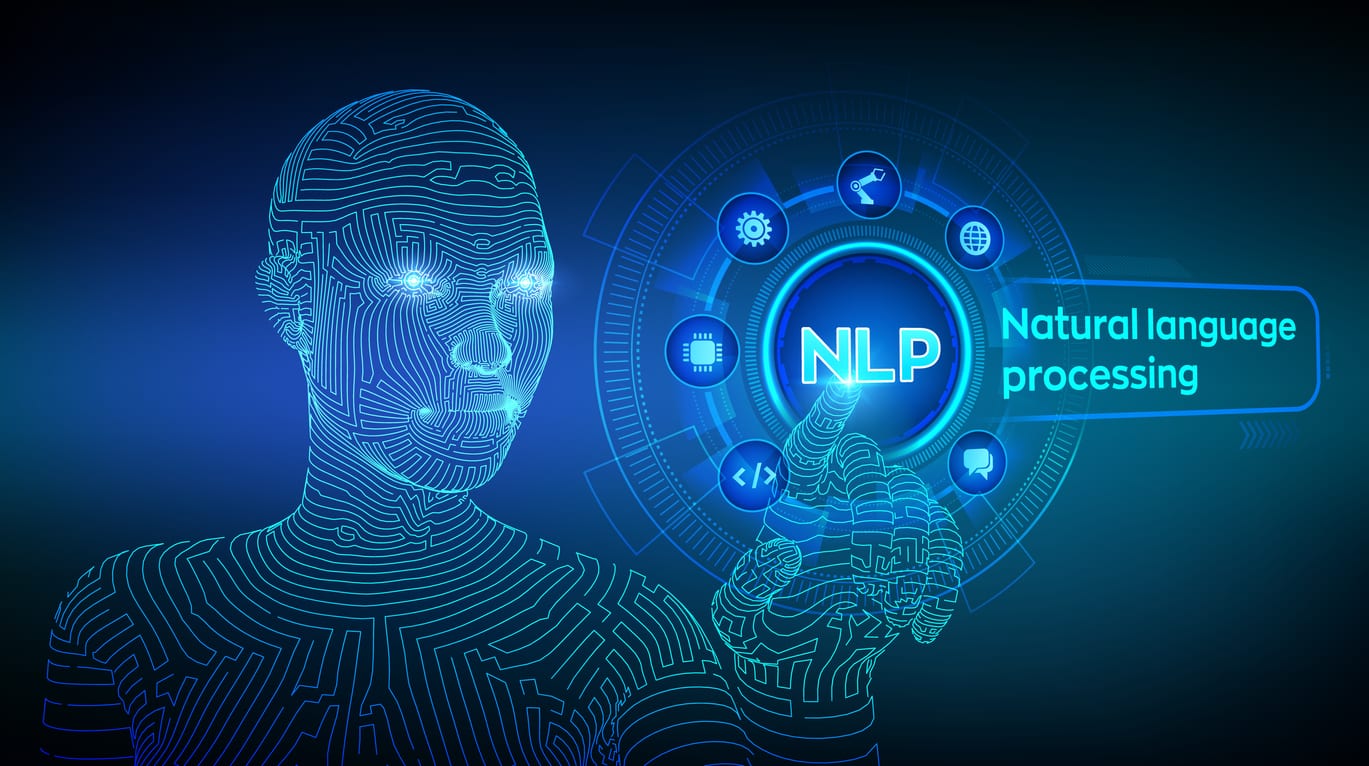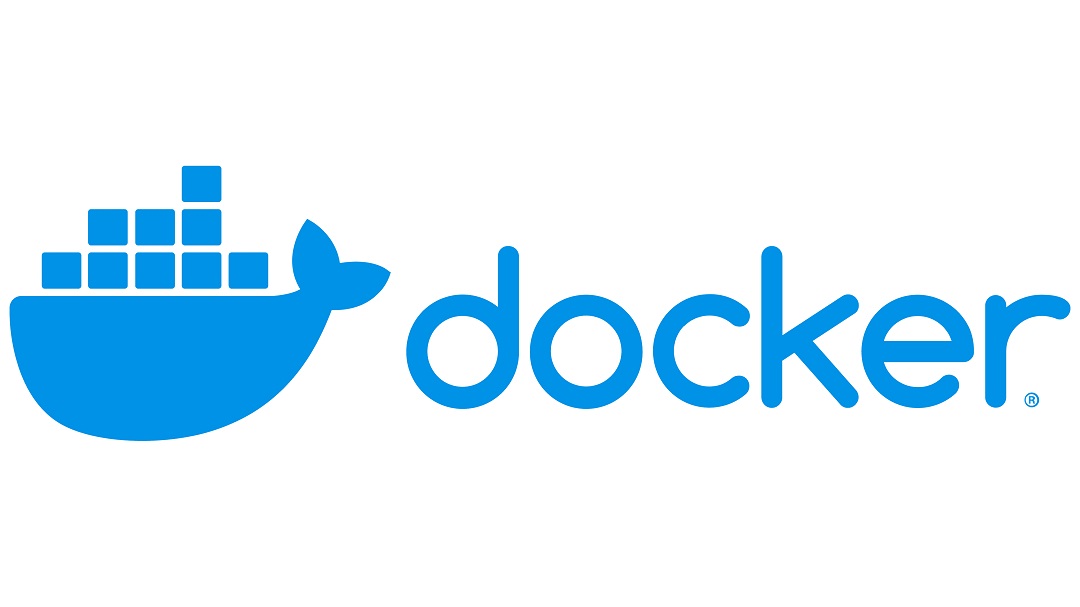Was ist Natural Language Processing (NLP)?
Published

Natural Language Processing (NLP) is a branch of artificial intelligence (AI) that deals with the processing of human language. It refers to the ability of machines to understand, analyze and generate human language. NLP systems attempt to translate human language into a machine-readable form so that computer programs and algorithms can interpret it and make decisions based on it.
NLP is used in various applications such as speech recognition, automatic translation, chatbots, sentiment analysis, text summarization, named entity recognition (NER), speech synthesis and text classification. An example of an application of NLP is Apple's Siri, a virtual assistant that converts spoken language into text to answer questions and complete tasks.
NLP encompasses various technologies including syntax analysis, semantic analysis, morphology analysis, language modeling and machine learning. By combining these technologies, NLP systems can understand the meaning of text and process human language in a way that is accessible to machines.
Since when has Natural Language Processing existed?

Those : aiperspectives.com
The origins of Natural Language Processing (NLP) date back to the 1940s, when researchers such as Warren Weaver and Claude Shannon began thinking about the possibility of using machines to process human language.
Then, in the 1950s and 1960s, NLP became an active area of research, and various algorithms and models were developed to analyze and generate human language. An important milestone in the history of NLP was the 1956 Dartmouth Conference, where researchers from various disciplines came together to discuss the state of research and future developments in the field of artificial intelligence and NLP.
In the 1970s and 1980s, various technologies such as syntax analysis, semantic analysis and machine learning were used in NLP systems to improve human language processing. In recent years, advances in AI and particularly in the field of Deep Learnings led to NLP systems becoming increasingly more powerful.
Today, NLP is used in many applications such as chatbots, automatic translation, speech recognition and sentiment analysis and has become an important area of artificial intelligence.
Where does Natural Language Processing stand today?

Those : alamy.com
Natural Language Processing (NLP) has made significant progress in recent years and is now able to handle complex tasks related to human language. Some of the key advances in this area include:
- Speech recognition: Modern NLP systems are able to convert spoken language into text with high accuracy. This makes it possible to use voice assistants such as Siri, Alexa and Google Assistant to understand and carry out spoken instructions.
- Automatic translation: With the spread of the Internet and globalization, the importance of automatic translation is increasing. Modern NLP systems can translate texts in different languages with high accuracy, with continuous progress being made in the quality of the translations.
- Sentiment analysis: NLP systems can now analyze texts and recognize the emotional content they contain. For example, this allows companies to automatically analyze and understand their customers' feedback from various sources such as social media and customer reviews.
- Chatbots: Chatbots are computer programs that interact with users via text or voice. Modern chatbots use NLP to understand users' intent and respond to their queries.
- Text generation: NLP systems can now generate text based on prompts. This is used, for example, in the automatic creation of summaries of texts and the creation of content for chatbots and virtual assistants.
Overall, NLP has a wide scope today and is used in many areas such as healthcare, e-commerce, marketing and customer service. Advances in AI and machine learning have helped NLP systems become more powerful, and NLP is expected to become even more important in the future.
What training is required to deal with Natural Language Processing?

Those : cogitotech.com
In order to deal with Natural Language Processing (NLP), training in computer science, computational linguistics or a related discipline is usually required. A typical educational path for a career in NLP might look like this:
- Bachelor's Degree: A bachelor's degree in computer science, computational linguistics, mathematics, or a related field is a good foundation for a career in NLP. Important courses in this area could include data structures, algorithms, machine learning , statistical analysis and language technology.
- Master's degree : A master's degree in one of the above fields or in a specialized NLP program could deepen the skills and knowledge required for a career in this field. Some important courses for a master's degree in NLP could be syntactic analysis, semantic analysis, language modeling, text classification and information extraction.
- Practical Experience: To be successful in the NLP industry, practical experience is essential. This could include internships, projects in NLP clubs, open source contributions and personal projects. By participating in such activities, you can acquire valuable skills and apply your knowledge and skills in practice.
- Continuing Education: NLP is a rapidly evolving field and it is important to stay current with the latest technology. Continuing education programs, training courses and conferences can help keep knowledge and skills up to date.
Overall, a career in NLP requires a combination of theoretical knowledge and practical experience. A solid education in computer science or computational linguistics is a good starting point for a career in NLP, but practical experience and ongoing training are also important to be successful in this field. It is important to note that most NLP models Python use and also as Data Science be classified.








